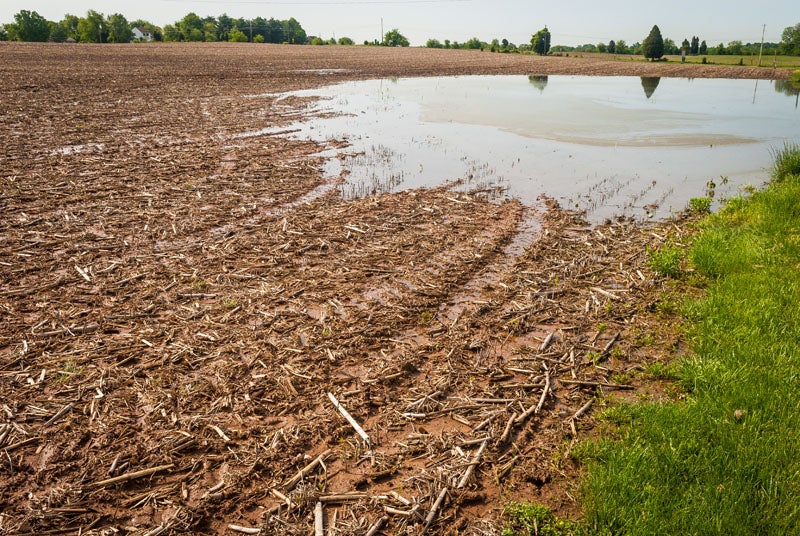Study shows healthy soils protect corn yields and lower crop insurance payouts
Managing risks presented by extreme weather conditions such as heat and drought is a top priority of farmers and policymakers, as researchers predict that higher temperatures and reduced precipitation could reduce yields by up to 30% over the next 50 years.
Farmers are already experiencing these impacts and becoming increasingly dependent on the Federal Crop Insurance Program to manage the resulting yield risks. As of this February, 2020 crop insurance indemnities totaled $7.7 billion, with just over 60% of the average crop insurance premiums covered by the taxpayer.
Conservation practices like no-till, cover crops and diversified crop rotations that improve soil health can also help farmers mitigate the impacts of variable weather. Understanding how these practices translate to yields and yield variability during drought conditions is critical to help farmers and policymakers make effective risk mitigation decisions.
Scientists from Yale School of the Environment, The Nature Conservancy, Granular and I researched the connection between soil health, yield risk and crop insurance payments in U.S. corn-producing counties. Here’s what we found. New study shows that soil health is essential to reducing the costs of increasingly frequent severe weather on crop production. Share on X
Soil organic matter reduces insurance payouts
Our research found that counties with higher soil organic matter are associated with greater yields, lower yield losses and lower rates of crop insurance payouts under drought conditions.
Even in normal weather years, we found that more soil organic matter is associated with greater yields. But the positive effect of soil organic matter on crop yield becomes progressively greater as drought becomes more severe.
Specifically, we found an increase in soil organic matter of one percent at the county level was associated with a 36% reduction in the mean proportion of liabilities paid under severe drought conditions and a ~35 bushels per acre increase in corn yield.
How to build climate resilience into crop insurance
The findings of this study point towards key research questions that could advance agricultural resilience to severe weather and effective use of taxpayer dollars in the federal crop insurance program.
For example, does expanding conservation practices known to boost soil health have the same positive impact on yield and crop insurance payouts in drought conditions? More research is also needed to understand whether the current method of using historical yield data to price crop insurance properly represents the risks posed by increasing severe weather from climate change.
A pilot project undertaken by the AGree Economic and Environmental Risk Coalition is one effort to close this information gap by utilizing multiple USDA datasets to understand how cover crops affected cash crop planting and yields in 2019. This unique project will allow researchers to understand whether cover crops provided resilience in a farming year bombarded by excess rainfall and severe flooding in the Midwest.

Soil health essential for long-term productivity
As severe weather events increase in frequency and intensity, it is paramount to adapt risk-mitigating policies such as crop insurance to support climate-resilient agriculture.
Ensuring federal programs properly reward climate-smart farming practices will be essential to sustain agricultural production, rural communities and food security in the face of climate change.
This research demonstrates that soil health is essential to reduce the private and public costs of increasingly frequent severe weather on crop production and that more proactive investment in soil health is needed.










